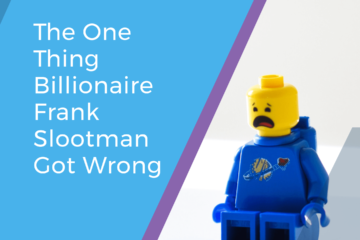How today’s CIOs are getting sales cycles ‘Back in Black’

[Originally posted on CIO.com]
In its 30 years of existence, the role of the CIO has evolved from strictly tactical to more strategic. The rapid pace of business adoption of cloud computing, paired with the cultural shift to “SoLoMo” living (a reference to the collision of social media, local search and mobile search), have forced CIOs to touch more points across the enterprise. In a 2015 Gartner survey of 2,810 CIOs, nearly half of the respondents said their organizations have a “chief operating officer of IT” who performs oversight of day-to-day IT operations, leaving the CIO more time for long-range responsibilities.
Today’s CIOs are in tune with nearly every aspect of the business, including marketing ROI, sales effectiveness, operational and customer excellence, and overall strategy. In a survey of 500 midmarket executives this summer, Deloitte Growth Enterprise Services found that 49% of technology adoption is now led by IT department leaders, compared to 36% in 2015. Technology can be seen as a competitive advantage and not just a cost center.
The evolution of the sales cycle
The drive for increased productivity is a top reason for strategic investments in technology. This is particularly true in the advancement and evolution of the sales cycle. By 2020, there will be more than 6 million inside and outside salespeople in North America, and CIOs are helping find ways to make them as productive as possible with the latest in sales acceleration technology.
Beyond vendor selection due diligence, today’s CIOs are taking on a higher responsibility in vendor management. A big increase in the amount of consumer data and demands for quicker results are driving a higher level of customer expectations. The job of meeting those customer expectations is, in part, the responsibility of the CIO in charge of the technology that helps make it possible.
CIO’s role in customer success
I recently mingled with a group of Silicon Valley software CEOs committed to perfecting the customer journey. After a round of karaoke trivia, I asked each of these Salesforce.com partners this question: What do CIOs want from vendors today that they didn’t need five years ago?
“The job of a CIO has changed,” said Gainsight CEO Nick Mehta, whose company helps sales organizations deliver customer success through big data. “Server design has been replaced with service delivery.” As CIOs are now accountable to business users, they demand results — not products — from their vendors. Modern CIOs are asking vendors about their business process — often called their “customer success” process — to ensure that they are achieving their desired outcomes from the business relationships. “It’s all about the outcome,” Mehta said.
To accomplish this, vendors need to get business users and CIOs talking to one another to make sure it’s a good fit for everyone. CIOs need vendors to be able to explain how their applications or systems plug into their companies’ existing infrastructures, and to assure them that security and compliance have been tested, and that user onboarding/offboarding is simple and easy, along with other administrative functions.
“So many business users have brought in many different cloud business apps without the CIO or IT department even knowing about it, and fast-forward years later, companies have complex software technology stacks, none of the systems properly talk to one another,” said Umberto Milletti, CEO of InsideView, software-as-a-service company that offers a market intelligence platform designed to help sales organizations identify the best targets and get relevant insights at the right time. “In some cases, the products weren’t even set up correctly in the first place,”Milletti said. “The business user thinks they can go it alone — and they can’t.”
The responsibility has shifted to the seller to know the impact on the customer of buying the seller’s solution, to be confident in a positive outcome — before, during or after the sale. As Donal Daly, CEO of Altify, explained, “in the subscription economy, the seller has to earn the trust of his customer every month.”
Altify aims to help sales teams have more impact, offering applications that accelerate revenue by putting the customer first. This is needed, when, in the end, the rise of the customer’s voice has led to this shift in CIO responsibility.
“Customers are the most impactful marketing channel for today’s sellers,” Daly continued. “If they have a positive experience, they will tell some of their peers about it. If they have a negative experience, they will tell everyone. The social channels amplify this impact today.”
This is how today’s CIOs are helping keep sales cycles “Back in Black.”



